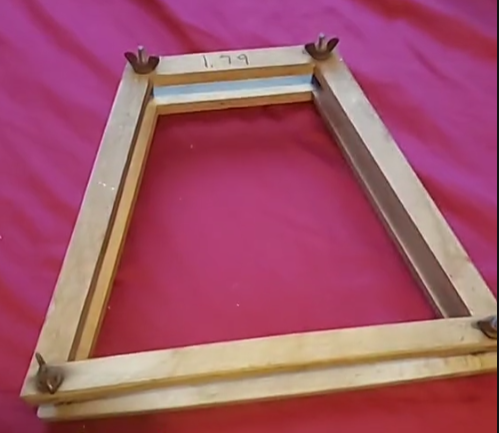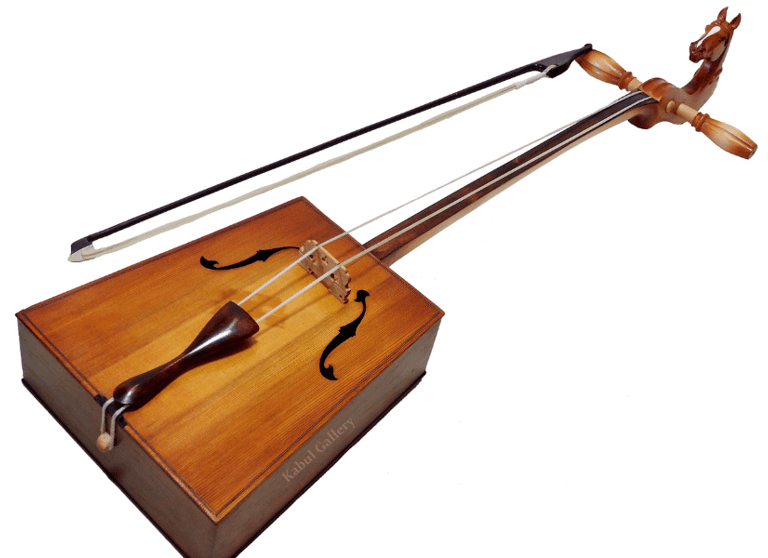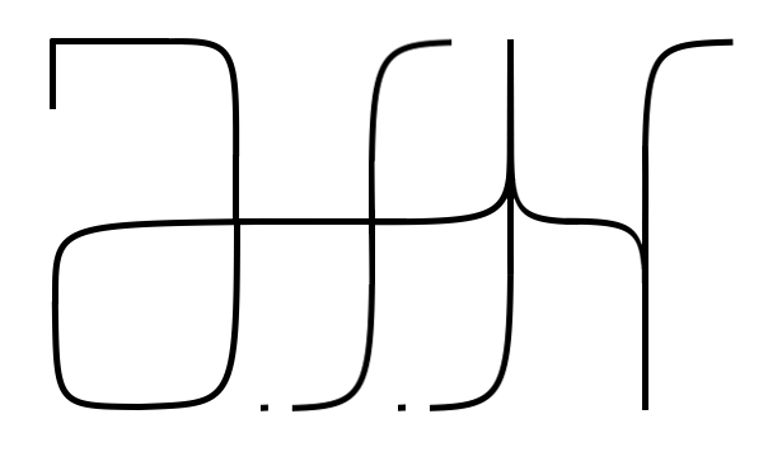Mury Khuury
What if a Mongolian Morin Khuur (horse head fiddle) had a Hurdy Gurdy wheel? Following rhizomatic design principles, my answer to that question led me to create a brand new instrument.

From an old-fashioned tennis racket protector to a musical instrument
Pattern recognition is not just what makes music enjoyable - it’s one of the DIY luthier’s strongest tools. While walking through a reuse shop, I stumbled upon a $4 tennis racket protector. I just so happened to be teaching myself Mongolian throat singing at the time, and the shape of the protector was not too far off from the fiddles used to accompany singers with a steady drone and galloping rhythms. Once the idea had struck me, I was off to the races.
With a spool of fishing line and a broken TV dinner tray table’s worth of scrap wood, I built the first model in my college dorm. The lack of a fretboard required the use of a guitar slide, and the fishing line used was simply too weak and quiet to function in a musical setting. Beyond this, I also had issues with my bowing technique - I had never used one before, and the $3 bow from the same reuse store was not a great starting point. It was clear that this project was not quite done yet.




A few months later, I had an epiphany while listening to sea shanties. Learning to bow on this instrument would be hard enough, but singing at the same time was another beast altogether. Why not cut out the technique altogether and have a mechanism bow for me?
Toting a new sheet of plywood and some violin strings, I got to work installing a support structure for a wheel I turned on a lathe. The supports have slotted channels for bolts that allow the wheel’s height and, therefore, the bowing pressure to be adjusted. I also installed a fretboard with a hinge and a setscrew to modify the string action, which allows the instrument to be fretted with one’s fingers. The addition of a soundpost inside the body and cotton on the strings results in a loud, mellow drone that requires much less effort to play.
I now use it all the time in my compositions and covers, as it bridges the gap between the influences of sea shanties and throat singing. It also works surprisingly well in the context of black metal/dungeon synth, conjuring a dirge-like quality.
Combining all these disparate elements and genres is not something we should shy away from as designers and musicians. Following our initial reaction and instinct in the design process leads us to create products that, while more complicated to explain, are also far more unique. This aligns with the concept of ‘rhizomatic thought’ - where any element of a system can lead to any other, unlike the rigid constraints of hierarchical design. I have prepared a slideshow using the Mury Khuury as an example of rhizomatic design, mapping possible decisions and pivots wherever they sprout from the original stimulus’s characteristics. You can access it here..

